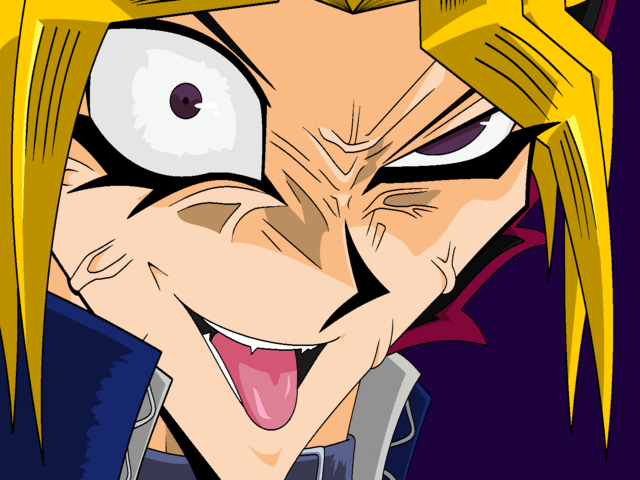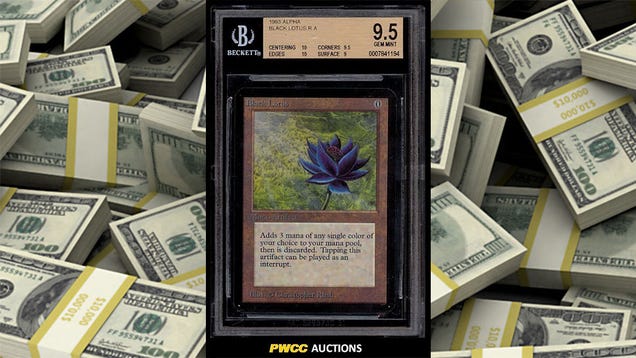This week marks the beginning of an irregular series of posts on Command of Etiquette. These guest posts will largely be drawn from my friends and Commander partners, and the focus of the articles is going to be on why Commander is their format of choice. Today’s column is by occasional Hipster and fan of shirtless dudes, Clayton. Clayton is a dear friend, and he’s one of the few people against whom I regularly play one-on-one Commander. This is why Clayton loves playing with 100 cards.
Commander is my jam.

I have been playing magic actively since Alara, but I have been around magic cards since their beginning. When I was a wee tot I would make decks with my friends where we would just stack together decks made up of the prettiest art we could find. Learning the rules to the game actually killed my interest in Magic cards for years, as the game me and my friends came up with was far more interesting. I was sure real Magic would never be my game.
After High School I got a job at a local card shop and became their Yu-gi-oh! judge. The show was on after school and I had caught a fair share of the episodes on TV. Anyone here ever see that show? While it eventually reflected the experience of the game it was selling, the first season was a divorced writer extrapolating the meaning of the game from the names and pictures on the cards. Card effects and game states were never consistent and each player always played from a position of complete lack of knowledge of the opponents field. This was a game I could get into! It seemed purposefully silly and over the top. Why have 1/1 power and toughness when you can make it 1000/1000? Lets make 90% of the cards traps! Lets make every other card shiny as hell!

Every single Yu-gi-oh! deck I made exploited some silly explosive loophole in a ridiculously bombastic game. My crown jewel was the “Question!” deck. It involved me using a draw card that would let me ditch two cards in the graveyard, followed immediately (and before they could react) by a spell that would allow me to lock off the graveyard from view and ask the other player a question “What is the bottom card of my graveyard?” If they guessed wrong I got to resurrect the creature. I know right? Brooooken.

“I OBJECT!”
Yu-gi-oh! may have been ridiculously fun, but as a game it was terrible. You always had the option of just buying the best possible cards for a deck off the shelf and winning with that deck. In Magic, and particularly in Commander, there’s a huge card list and individual format rules to prevent massive cheese. And that was part of the problem when I started to play real Magic.
Getting into real Magic after playing the simultaneously lazy and quick style of Yu-gi-oh! was always a challenge. What deck do you play? How much money are you going to spend? Do you want to play Standard, with its sharp curve? What about Vintage and Legacy? Because those formats, while broad and complex, are basically ruled out unless you have all the money to spend. Modern hadn’t been invented yet, and at every stage you have to ask yourself, “oh yeah, HOW much money am I planning to spend on this!?”

Commander was the clear choice! The format formerly known as Elder Dragon Highlander uses an insanely manageable curve, and getting one card is far more obtainable than getting four, particularly if you like cracking packs. “Hey, this card can go in my deck!” feels way better than “oh yay, only three more of these to go.” The real kicker was that the casual, unincorporated EDH days of old had a stark player contrast from Standard. Since Commander is usually a multiplayer game, it autocorrects decks away from tight turn six kills in favor of cards that have a more rounded or synergistic approach. It involved politics! You were actually at a war with other players! Your actions and words had just as much effect on the game as the cards on the field.
My roommate at the time was an old school magic player and helped me build a Standard deck to test against his while I figured out what cards to add to my Commander deck. My first foray into Standard was with a homebrewed Alara block Esper artifact control deck; it was terrible. While the deck had been specifically built with the purpose of stopping and dismantling my roommate’s Jund deck, all the card values were inconsistent. My MVP card at the time was Ethersworn Canonist, something that person after person would feel compelled to bash. “She just isn’t worth it” was the main thesis point. This rankled me to no end! “Are you kidding me? She totally stops cascade and she locks out most of an opponent’s deck! How is that terrible?” I still had the Yu-gi-oh! mindset that people were just going to somehow ignore or forget her abilities, and to this day I have yet to see her stop a cascade.
Standard taught me two things about myself: I wanted to build a machine and I wanted to surprise the enemy to death.
Since then this has become my main motivation in Magic. Winning is for suckers. Winning is easily the most boring achievement in the game. First, it means the game is over. Smooth move, jerk, you just ruined the game by winning! Second, in multiplayer winning has only the loosest correlation with one’s skill. How many games have you won by simply being not enough of a threat to be outright crushed? In a game of 4-5 it’s very easy to erect a wall, hide behind it, and sucker punch the real winner after they defeated all their enemies. Magic for me will always be the insane brutalities that you won’t see in the faster, dueling forms of Magic. After all, people will remember and talk about how you managed to pair Day of the Dragons with Pandemonium, not whether or not you won that match.
Everyone, playing any type of deck, has a moment where they know they can’t win. Maybe you are getting screwed on creatures and are taking steady damage that you know you can’t come back from. Maybe you exhausted all of your goodwill with your opponents by getting a planeswalker to ultimate. Maybe you know that you will die in one turn and you can’t draw anything to stop that outcome. This is the moment most players dread, but it is the moment that I have the most fun. Redirecting someones killer spell at a time where it does nothing to change your odds is a blast! Using Cauldron Haze on someone else’s field during a decisive battle is a hilarious curveball to throw into the mix. Crescendo of War, Pandemonium, Terra Stomper, Mosswort Bridge, MAGISTER SPHINX and Split Decision are some of my favorite ways to add a spike to the game. Destabilizing a game state is just as much fun as erecting one and when you are about to lose no one can fault you for your explosion.
Perhaps one of the most polarizing cards in Commander.
This latest series of Commander sets added a lot of fun cards for people to affect the state of the game in asymmetrical ways. The new Offerings all have effects that target you and an opponent or two and have the amazingly fun ability to completely change the game state for a moment. Other new cards take on fun secondary focuses when you realize you aren’t going to win but want to have a say in who else doesn’t win. Impact Resonance, Dualcaster Mage and Grave Sifter are fun ways to completely mitigate someone else’s advantage, especially when played for no personal benefit. Bitter Feud, Wave of Vitriol, and Arcane Lighthouse are more direct ways of adding an element of chaos in to any potential “sure thing”.
Adding versatile elements to your deck to completely whammy a game state but not consistently guarantee you a benefit is a great way to add excitement to your future losses with that deck. I had always considered myself a hybrid of “Timmy” and “Johnny” with little or no “Spike” in my mix; lately that lack of “Spike” has become anti-Spike, and, I gotta say, I am loving it.
Jess Stirba has been on both sides of Clayton’s chaos, and it’s far more entertaining than when he goes for the win.

